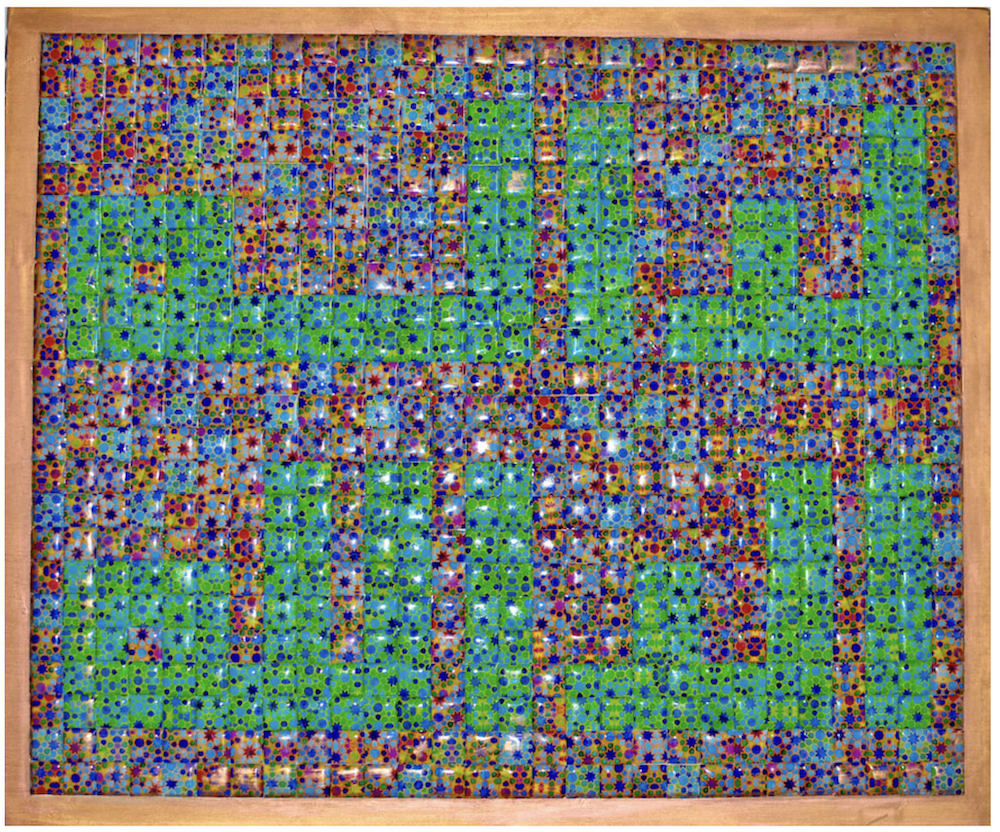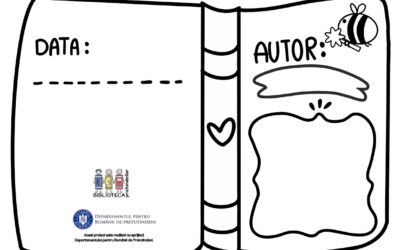Kufic Script Inspired Mosaic
Kufic Script Inspired Mosaic
Through this workshop, participants simultaneously engage their language skills (recognition, writing, pronunciation) and their artistic sense, while immersing themselves in the geometric and historical heritage of Kufic script.
1 hour and 30 minutes to 2 hours
Aged 12 and above
4 – 20 participatns
Pronunciation and Vocabulary
Mastery of Arabic letters, Articulation and Composition
from A1 to A2
Sturdy base (30×30 cm) featuring a grid, Paper or foam squares (1×1 cm) in at least two colors, Pencil, eraser, ruler, Adhesive (stick or liquid), Printed vocabulary cards: Arabic term, transliteration, translation, reference image, Kufi letter templates (optional)

Languages Available
Online or in-person using a screen or projector
1. Context and Examples – Historical and Artistic Introduction
- Kufic script, which originated in the 7th century in Kufa (Iraq), is the oldest calligraphic style in Arab culture. Its straight lines and sharp angles, arranged on a grid, were used to copy the first Qur’ans and to decorate mosques with mosaics. Today, this geometric style inspires both traditional artisans and contemporary designers.
- Image projection of mosque mosaics and square inscriptions.
2. Choice of Word or Pattern
- Each participant chooses a word of 2 to 4 letters (e.g., “سلام” [peace], “نور” [light], “حب” [love]) or a geometric pattern derived from Kufic script.
- Sketch on graph paper to identify the shape.
3. Grid Preparation
- Transfer the grid onto the chosen surface.
- Use a pencil to mark the areas to be filled for each letter or pattern.
4. Cutting the Tesserae
-
- Cut or select paper/foam squares.
- Sort them by color to make assembly easier.
5. Mosaic Assembly
- Glue the tesserae square by square according to your sketch.
- Make sure to maintain even spacing to preserve the Kufic style.
- Alternate colors to highlight letters and empty spaces.
6. Finishing and Cleaning
- Erase pencil marks.
- Adjust any misplaced tesserae.
7. Sharing and Feedback
- Each participant presents their word or pattern, explains their color choices and the meaning of the word.
- Group discussion on technical challenges and creative discoveries.
8. Language Sharing
Each participant presents their mosaic:
- Reads the word in Arabic.
- Explains its meaning and gives a simple example sentence (“سلام means peace”, “نور lights up the space”).
- Pair activity: invent a short sentence or question using the word.

For Educators, Teachers and Parents
Recommendations for teachers
- Vocabulary sheets to distribute: include the word, transliteration, image, and meaning.
- Modeling: create a sample word before starting the activity to show students what to aim for.
- Individual support: help students with reading direction and placing tesserae correctly.
- Differentiation: offer longer or shorter words depending on each student’s language level.
Recommendations parents
- Choose a short and meaningful word together (2–4 letters) that your child likes.
- Print or draw an 8×8 to 10×10 grid on a sheet of cardstock.
- Prepare colored paper squares (1×1 cm) and sort them by color.
- Provide a vocabulary card with the Arabic word, transliteration, translation, and an associated image.
- Help your child lightly sketch the word in Kufic style on the grid using a pencil.
- Encourage them to say each letter out loud while gluing it, before completing the full word.
- Review the spelling and pronunciation together, and build a simple sentence using the word.
- Celebrate their work by displaying it on the wall or taking a photo to share with family.
Adaptation/Application of the method
Variations and Adaptations
- Zoomorphic mosaic: The word takes the shape of the object it represents (e.g., “سمكة” [fish] in the shape of a fish).
- Collective mural: Each student creates one letter, and together they assemble a giant word on a wall or large panel.
- Digital workshop: Create the grid and mosaic on a tablet, then print the final result.
Adaptation to Other Alphabets
Adaptation to the Latin Alphabet (French, English, Spanish…)
- Square mosaic of key words: Choose a word of 4–6 letters (e.g., PEACE, LOVE, LIBERTÉ).
- Grid size: 10×10 or 8×8; each letter spans several squares based on its relative width.
- Two-tone tesserae: One color for the letters, another for the background.
- Linguistic goal: Reinforce spelling, syllable segmentation (e.g., LI – BE – RÉ – TÉ) and pronunciation out loud.
Adaptation to the Cyrillic Alphabet (Russian, Bulgarian…)
- Simple word of 3–5 graphemes (e.g., МИР “peace”, ДОМ “house”).
- Adjustable grid: Use rectangular squares for elongated letters (e.g., Ж, Ш).
- Diacritic variations: Stick raised accents (e.g., Ú, Ё) on slightly larger tesserae.
- Linguistic goal: Memorize the shapes of specific letters and common ligatures (e.g., СЧ, ШТ).
Challanges
General Guidelines:
- Identify learners’ language level (A1 to C2) and adapt the game rules accordingly, based on the PDF version.
- Prepare your materials:Use the online version for group work on a screen. Use the printed version for more tactile, interactive work.
- Plan an introduction to the vocabulary or expressions featured on the cards to support comprehension.
Pedagogical Tips:
- Start as a group: Explore the expressions or vocabulary together and ensure everyone understands them.
- Encourage speaking: Each player should explain their choices, ask questions, and describe images. This helps develop oral fluency and active language use.
- Emphasize reformulation and detailed description (especially from level B1 onward) to strengthen expressive skills.
- Use the game variations to diversify learning:
- Storytelling with cards
- Memory games or syntax-based activities
- Image-to-sound or image-to-situation associations
Tip: Link to Visual Art
Take advantage of the artistic references on the cards (“In the universe of…”) to introduce a cultural dimension. You can:
- Assign mini-research projects on the artists
- Show the original artworks in class
- Discuss their style, origin, or message
References and Resources
Presentation of the Historical and Cultural Context :
- https://fr.wikipedia.org/wiki/Kufi
- La collection de la BnF
Tutorials and More Ideas for Making Mosaics:
Similar Activities
Ma première histoire
This fun activity for all ages uses storytelling and a simple card game to help children develop language skills, creativity, and self-confidence by reading, identifying story elements, and creating their own stories
Storytelling
Short description of the method


